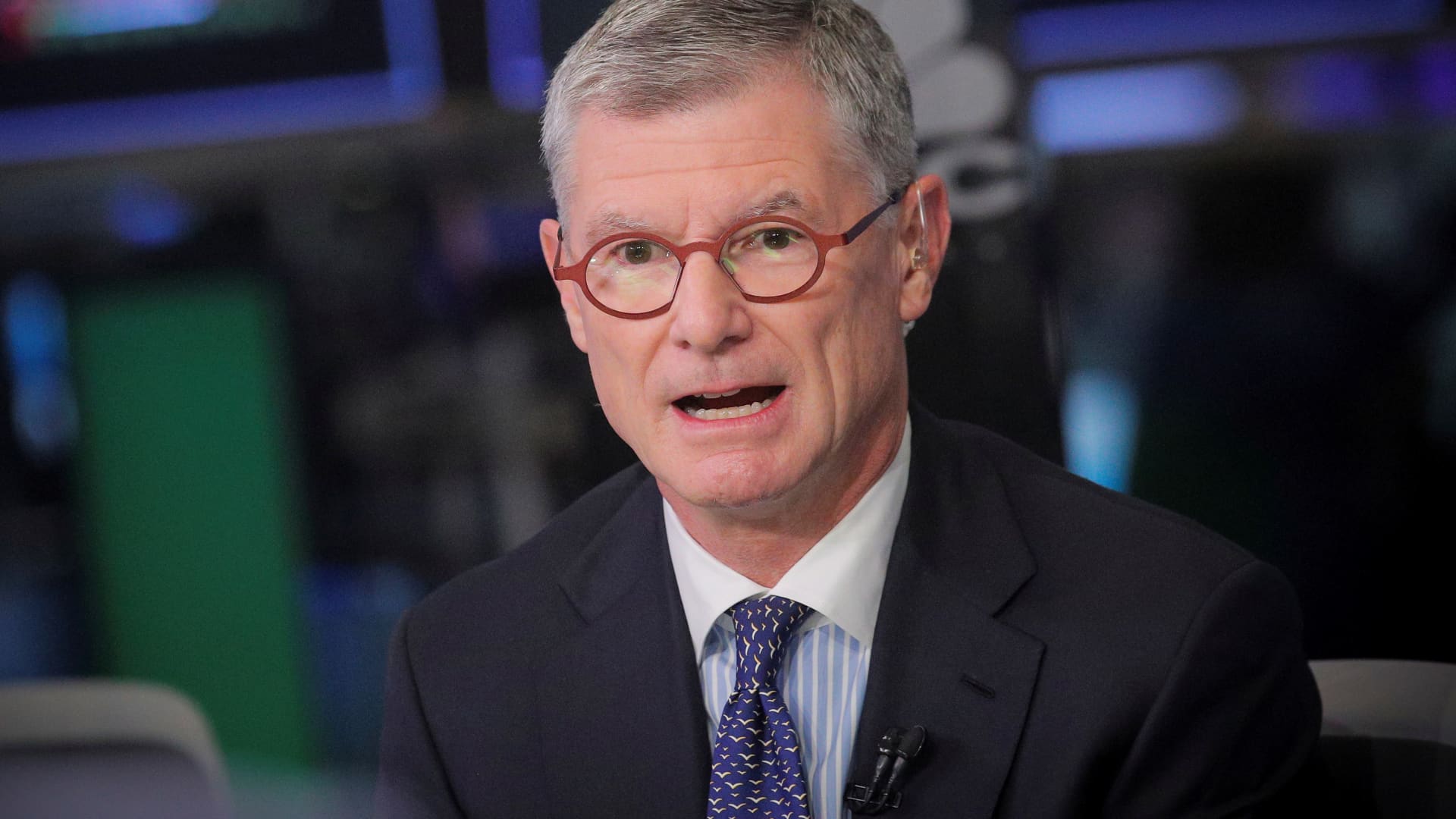US Markets
Monday, December 11th, 2023 2:56 pm EDT
Key Points
- Central Banks’ Final Rate Decisions: Major central banks, including the U.S. Federal Reserve, are entering a crucial week where they will announce their final rate decisions for the year. This period is expected to test market expectations for rate cuts in early 2024.
- Fed’s Divergence from Market Expectations: The U.S. Federal Reserve is anticipated to maintain interest rates, but market participants have high expectations for rate cuts in 2024, as suggested by the CME FedWatch Tool. The divergence between market expectations and Federal Reserve Chairman Jerome Powell’s recent commentary on the likelihood of rate reductions creates uncertainty about the Fed’s credibility.
- ECB’s Potential Rate Cuts: Investors are closely watching the European Central Bank’s (ECB) meeting for indications of potential rate cuts in 2024. Euro zone inflation has dropped to 2.4% in November, fueling speculation of rate cuts. Economists at Deutsche Bank suggest an earlier timing for the first ECB rate cut, potentially in March, with a significant risk of cuts as early as April, signaling a potential decoupling from the Fed. The “last mile” of tackling disinflation is seen as challenging, and the ECB’s decision-making may take longer than expected.
In a crucial week for central banks, major institutions, including the U.S. Federal Reserve, are poised to announce their final rate decisions of the year, putting market expectations for early 2024 rate cuts to the test. The week will kick off with the U.S. Federal Reserve, followed by a “Super Thursday” featuring the European Central Bank, Bank of England, Swiss National Bank, and Norway’s Norges Bank.
While most central banks are expected to maintain steady interest rates, Norway’s central bank has issued a warning, signaling a likely increase in the cost of borrowing in December. Investors are closely scrutinizing the central banks’ statements for clues about potential rate cuts in the face of declining inflation from its recent multi-decade highs.
Concerns arise as market expectations for rate cuts in 2024 clash with statements from Federal Reserve Chairman Jerome Powell. Powell has cautioned against premature speculation about policy easing, emphasizing the need for flexibility and readiness to tighten policy if deemed appropriate. He also highlighted the current policy being in “restrictive territory” and balanced risks between doing too much or too little.
Market participants overwhelmingly anticipate the Fed to maintain rates at 5.25%-5.50%, but traders are pricing in a 25 basis point cut as early as March 2024, according to the CME FedWatch Tool. The divergence between market expectations and Powell’s commentary raises questions about the credibility of the Fed’s guidance.
Sam Zief, Head of Global FX Strategy at J.P. Morgan Private Bank, suggests that as the Fed’s policy rate is considered restrictive, adjustments may be warranted as the unemployment rate approaches neutral levels and inflation moves closer to the target. However, the pace of these adjustments remains uncertain.
Ahead of the Fed’s meeting, Zief anticipates potential disappointment for market participants, expecting limited clarity on the pace and scale of future interest rate changes. The recent robust U.S. job creation data in November, with nonfarm payrolls exceeding expectations, adds complexity to the Fed’s decision-making.
Turning to the European Central Bank (ECB), investors are keenly observing any signals that may indicate swift rate cuts in 2024. Euro zone inflation, which peaked at 10% last year, dropped to 2.4% in November, reaching its lowest level in over two years. Investor speculation of rate cuts is fueled by this decline in price rises towards the ECB’s 2% target.
Deutsche Bank economists have adjusted their forecast, bringing forward the timing of the first ECB rate cut to April, citing the latest inflation data and official commentary. They express a significant risk of a rate cut as early as March, suggesting a potential decoupling from the Fed.
While consensus expectations lean towards a first ECB rate cut in June, some analysts, such as those at Pantheon Macroeconomics, maintain that March remains a plausible scenario. Policymakers caution that the final stretch of addressing disinflation could prove challenging, potentially taking twice as long as the initial battle to bring inflation back under 3%. The week’s central bank decisions will serve as a critical juncture, revealing the alignment or disconnect between market expectations and central bank actions.
For the full original article on CNBC, please click here: https://www.cnbc.com/2023/12/11/rate-cuts-ahead-fed-ecb-and-other-central-banks-set-for-pivotal-week.html




